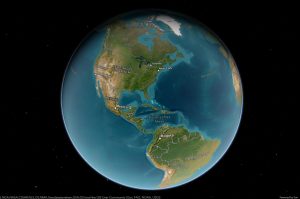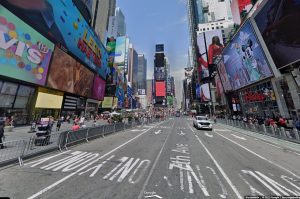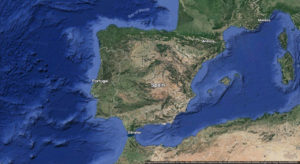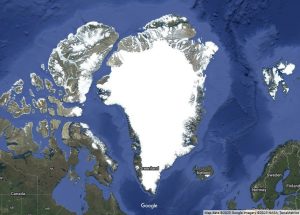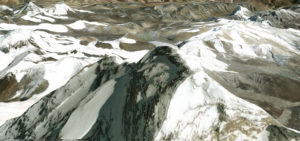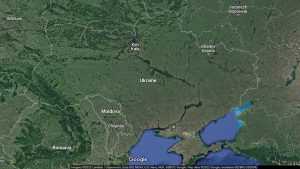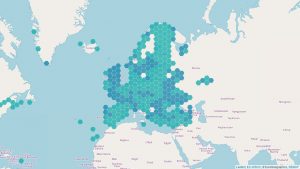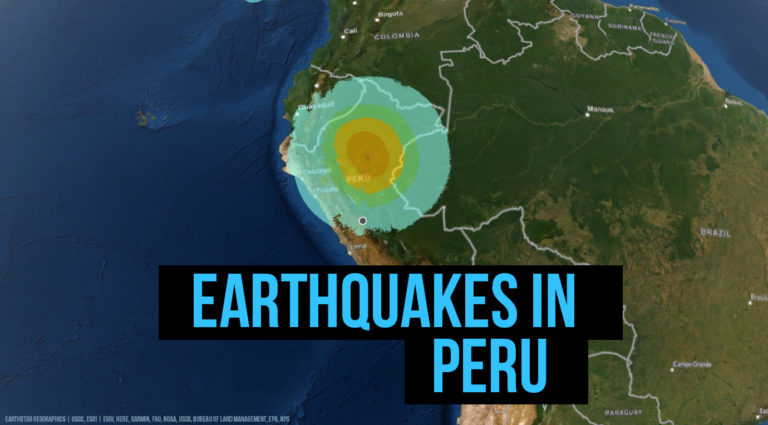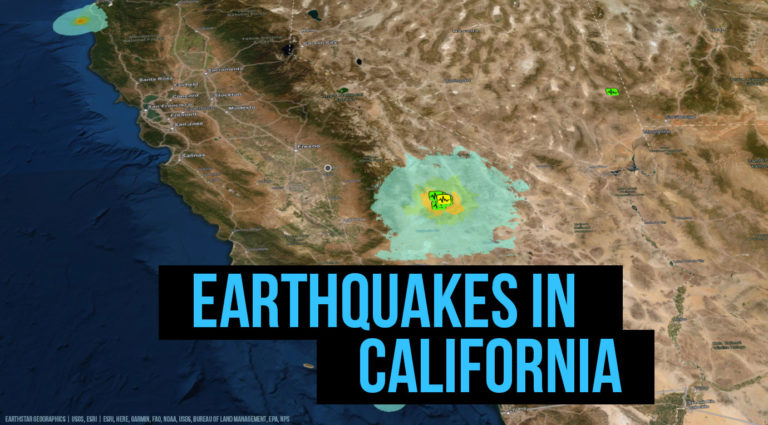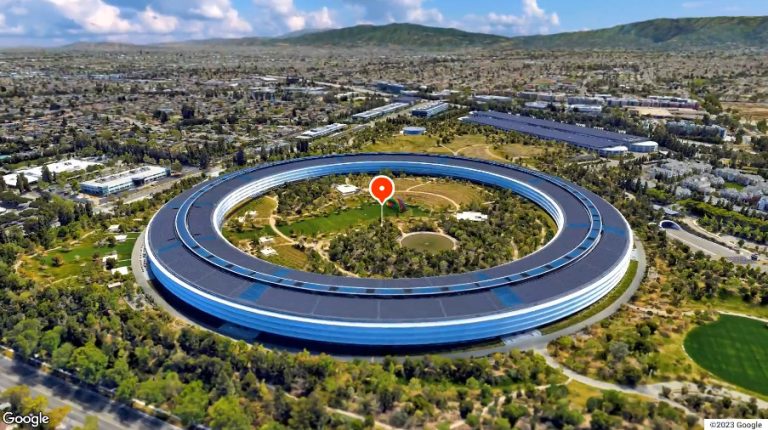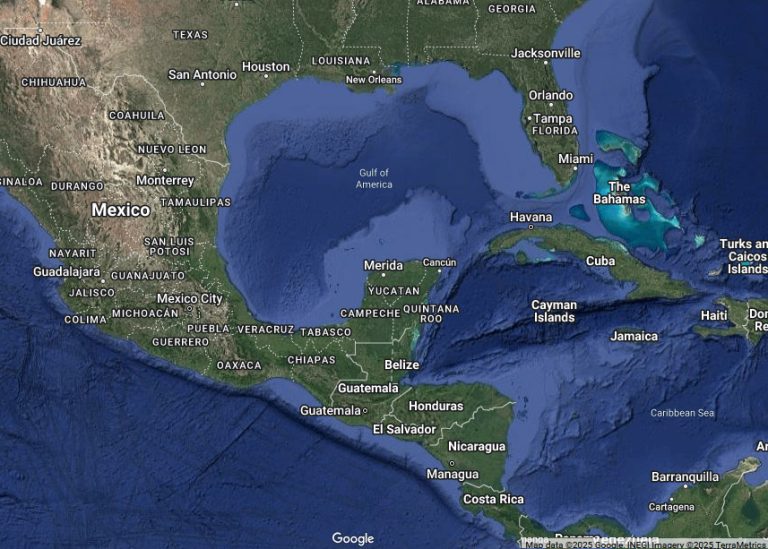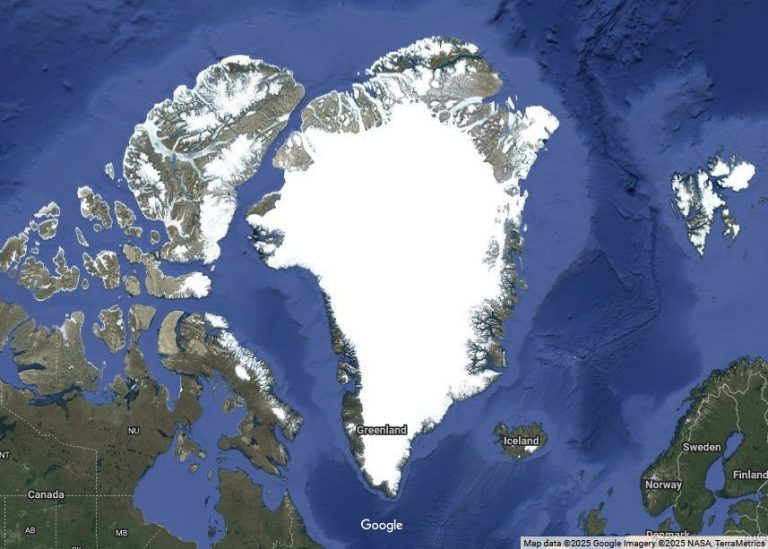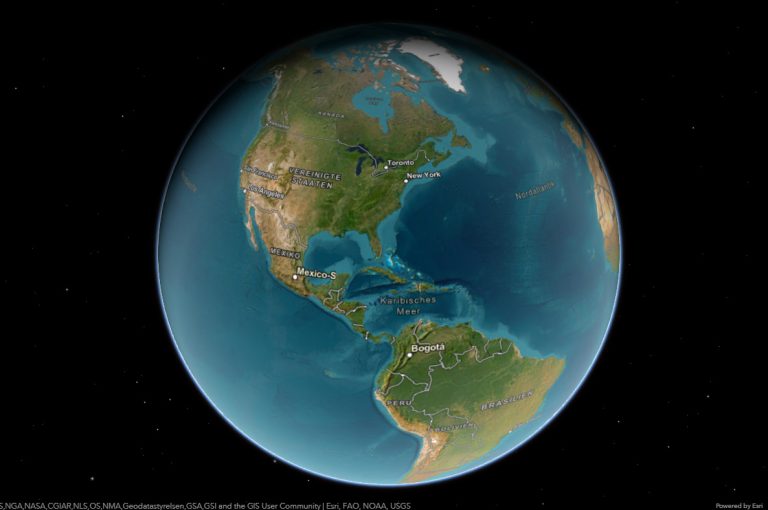Earthquake Live Map
The latest earthquakes
View the latest earthquakes on the interactive map above, displaying the magnitude, location, depth and the event time. The information is provided by the USGS Earthquake Hazards Program.
The earthquake is a shaking of the Earth’s surface, caused by the displacement of a part of the Earth’s crust and the sudden release of a large amount of energy. The diffusion of vibrations in the layers of the surface is called a seismic wave.
The earthquakes occur as a result of accumulated tensions and deformations in the Earth’s crust. The area of destruction is known as the outbreak of the earthquake. The point underground, from where the energy is released, is called Hypocenter. The projection of Hipocentra on the Earth’s surface is called Epicenter. The science of earthquakes is called seismology.

Seismic activity
Explore map styles
Earthquakes can be so strong that they destroy entire cities and cause tsunamis, landslides and even volcanic eruptions. The seismic activity of a particular region is determined by the frequency, nature and magnitude of earthquakes over a certain period of time. Earthquakes are measured with seizmometri. The Richter scale is most commonly used.
The earthquakes are divided by their origin into tectonic and volcanic. The depth of the Hipocentra is divided into shoals (up to 100 km), intermediate (from 100 to 300 km) and deep earthquakes (from 300 to 700 km). The most destructive are the flat tectonic earthquakes.
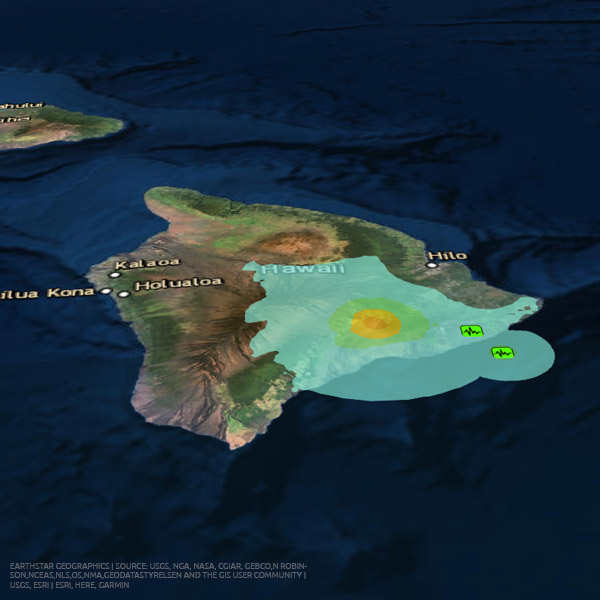
Richter magnitude
The most popular scale of energy evaluation in earthquakes is the local scale of the Richter magnitude. Thus, the increase is a degree of magnitude of the 32-fold increase in the released seismic energy. An earthquake of magnitude 2 is subtle until the magnitude 7 is the lower limit of destructive earthquakes that cover large areas.
1 (undetectable) – only indicated by special devices;
2 (very low) – only felt by very sensitive pets and people in the upper floors of tall buildings;
3 (low) – feels only in some buildings, like the vibration of a truck;
4 (moderate) – the earthquake is felt by many people; It is possible to balance open windows and doors;
5 (strong note) – shaking of hanging objects, noise in construction, window breakage, dust blowing;
6 (strong) – slight damage to construction of buildings, cracks in plaster, etc.;
7 (very strong) – significant damage to buildings; Cracks in the plaster and breaking of individual pieces, thin cracks on the walls, cracks of chimneys; Cracks in the foundations;
8 (destructive) – destruction in buildings: large cracks on the walls, falling cornices and chimneys. Landslides and cracks up to a few centimeters on mountain slopes;
9 (devastating) – burglary of some buildings, falling walls, dividing walls and roofs. Landslides, collapse and falling debris into the mountains. The rate of increase of the cracks can be up to 2 cm/s;
10 (destructive) – collapse of many buildings; In others – serious damage. Cracks in the ground up to 1 m wide, avalanches, landslides. Through the accumulation of rubble, lakes can form in the river valleys;
11 (catastrophic) – numerous cracks on the surface of the earth, large avalanches in the mountains. Mass destruction of buildings;
12 (total) – changes of the relief on a large scale. Huge avalanches and burglaries. Total destruction of buildings and facilities.
